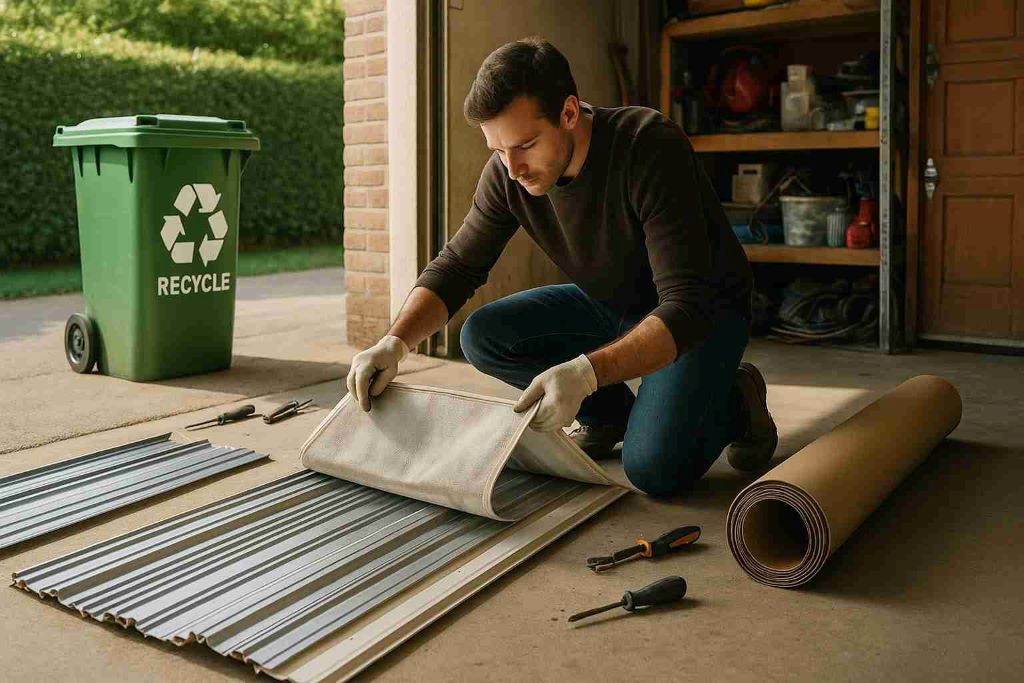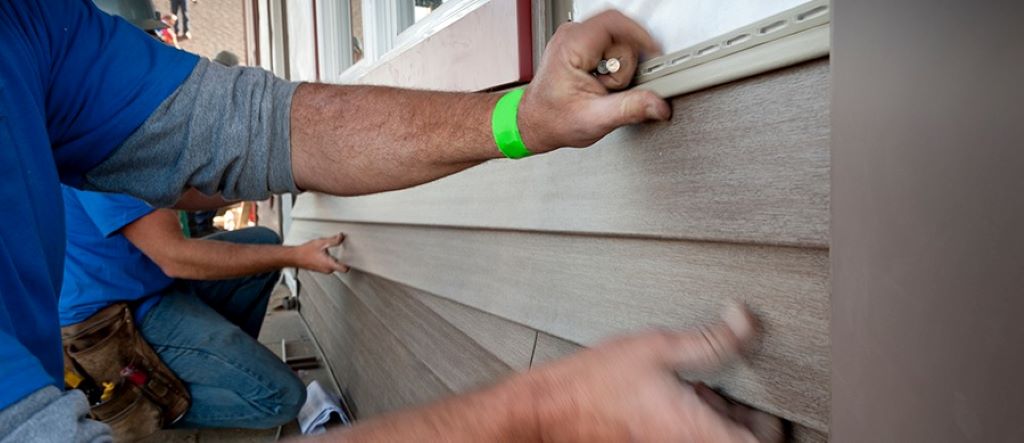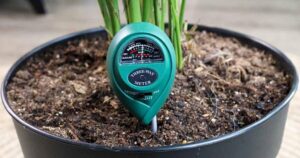Can I Recycle Vinyl-Backed Garage Doors? A Complete Guide to Eco-Friendly Disposal

When it comes to home improvement and upgrades, garage doors are often overlooked—but they play a crucial role in your home’s curb appeal, security, and insulation. After years of service, you might find yourself wondering, can I recycle vinyl-backed garage doors? With growing environmental awareness and the widespread emphasis on recycling, it’s essential to understand the options available for disposing of or repurposing these materials responsibly.
In this comprehensive guide, we’ll walk you through the key facts about vinyl-backed garage doors, their recyclability, eco-friendly disposal methods, and actionable tips to reduce your carbon footprint. Plus, we’ll clear up common misconceptions and answer frequently asked questions related to recycling garage doors with vinyl backing.
Understanding Vinyl-Backed Garage Doors: What Are They Made Of?
Before diving into recycling options, it’s important to know what a vinyl-backed garage door consists of. Typically, garage doors are made from various materials, including:
- Steel or aluminum frame: Often forms the main structure of the door.
- Insulation layer: Usually foam-based (polystyrene or polyurethane) for energy efficiency.
- Vinyl backing: A layer of vinyl (PVC) applied to the interior surface for aesthetics, moisture resistance, and durability.
The vinyl backing is a type of plastic, specifically polyvinyl chloride (PVC), which provides a smooth, clean finish and protects the insulation. However, PVC is different from other common plastics because of its chlorine content and additives, making it less straightforward to recycle.
Can Vinyl-Backed Garage Doors Be Recycled?
The short answer: Yes, but with caveats.
Recycling vinyl-backed garage doors isn’t as simple as tossing them in your curbside bin. The mix of materials (metal frame, insulation, and vinyl) means the door needs to be deconstructed before recycling. Here’s why:
- Mixed materials pose a recycling challenge: Materials like vinyl (PVC) and metal require different processing plants, so separation is essential.
- Limited acceptance of PVC: While some recycling centers handle PVC, many do not due to processing difficulties and contaminants.
- Insulation foam often isn’t recyclable: The foam core typically can’t be recycled through conventional programs.
That said, components like steel or aluminum frames can almost always be recycled, so reclaiming these materials prevents waste and reduces the need for raw materials.
How to Recycle Vinyl-Backed Garage Doors: Step-by-Step
- Check Local Waste and Recycling Regulations:
Your city or county government website usually provides details about recycling large items and construction materials. - Disassemble the Garage Door:
If you’re able, separate the metal frame from the vinyl and insulation layers. This separation is key to recycling the metal portion efficiently. - Recycle the Metal Frame:
Take the steel or aluminum parts to a metal recycling center. Scrap yards often accept garage door frames and may even pay you for the scrap. - Dispose of or Repurpose Vinyl and Insulation:
- Vinyl-backed sheets are generally not accepted by curbside or municipal recyclers.
- Check for specialty recycling programs focused on PVC plastics.
- Consider repurposing vinyl sections for craft or DIY projects to extend their life.
- Insulation foam is often non-recyclable, so it may need to go to landfill or be handled via construction waste routes.
- Don’t Forget About Hazardous Materials:
Some older garage doors might contain lead-based paints or other hazardous chemicals—don’t recycle these with household waste.

Why Recycling Garage Doors Matters for the Environment
Garage doors are bulky and can add up in landfill waste if not handled properly. Here’s why recycling or proper disposal is important:
- Resource conservation: Recycled metal reduces the demand for mining, saving energy and natural habitats.
- Landfill reduction: Separating recyclable parts decreases the volume of construction debris in landfills.
- Pollution prevention: Properly disposing vinyl-backed materials can prevent PVC from releasing harmful chemicals when burned or degraded.
By responsibly recycling garage door components, you contribute to a circular economy and help reduce environmental pollution.
Alternatives to Recycling: Repurposing and Donating Garage Doors
If recycling isn’t feasible where you live, or if the vinyl backing is non-recyclable, consider these alternatives:
- Donation: Certain organizations accept used garage doors for refurbishment or community building projects.
- Repurposing: The vinyl-backed panels can be creatively used as wall paneling, garden protection sheets, or other DIY home improvements.
- Upcycling: Artists and makers often find innovative ways to turn scrap garage doors into furniture or decorative items.
By extending the useful life of your garage door materials, you reduce overall waste.
Frequently Asked Questions (FAQs)
Q1: Can I put my vinyl-backed garage door in curbside recycling?
No, curbside recycling programs typically don’t handle large mixed-material items or PVC vinyl. You’ll need to separate the materials and take them to appropriate recycling or scrap centers.
Q2: Is PVC recyclable?
Specialized facilities can recycle PVC. Not all recycling centers accept PVC due to its chemical properties and processing challenges.
Q3: What should I do with the insulation foam inside the door?
Unfortunately, the insulation foam used in garage doors isn’t usually recyclable. It often needs to be disposed of as construction waste, so check local regulations.
Q4: Are all garage door materials recyclable?
Most metal parts are recyclable. Vinyl and insulation materials are more problematic and may require alternative disposal methods.
Q5: Can I hire a professional to recycle my garage door?
Yes, many waste management companies and contractors offer recycling or disposal services for bulky items like garage doors.
Conclusion: Take the Eco-Friendly Step Today
So, can you recycle vinyl-backed garage doors? Yes, but with the right knowledge and effort. The key is separating the recyclable metal components from the challenging vinyl backing and foam insulation layers, then choosing appropriate recycling centers or disposal methods.
Related Topics:
How to Install Carpet on Stairs: A Step-by-Step Guide
DIY Waterproof Glue: The Ultimate Guide








